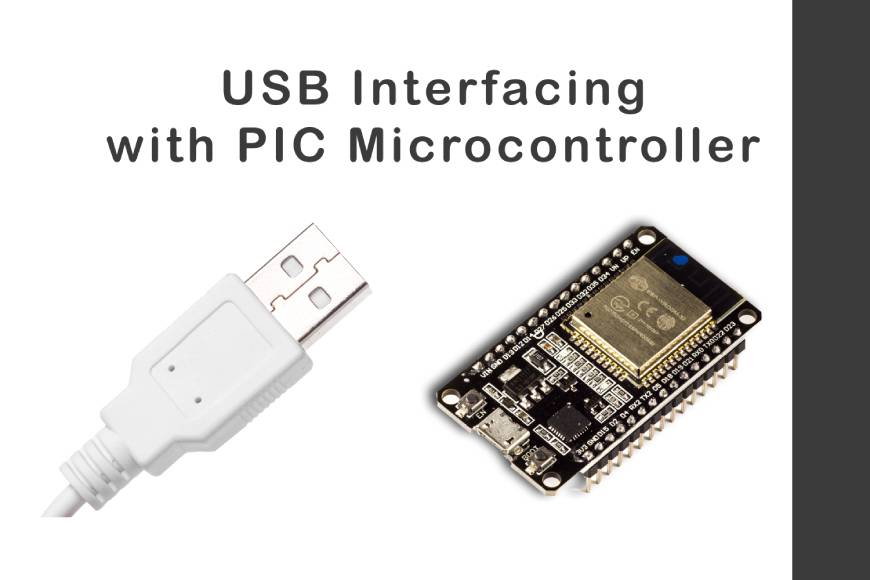In the “USB Interfacing with PIC Microcontroller” course, you will dive into the world of USB communication and learn how to interface a PIC microcontroller with USB devices. This course provides a comprehensive introduction to USB technology and guides you through the necessary hardware and software requirements. You will explore the advantages of USB communication, including its speed and versatility. Understanding USB pin-outs, transfer speeds, and device classes will be essential for successful implementation. You will also learn about descriptors, which play a crucial role in configuring USB devices, and create descriptor files using MikroC.
The course covers USB libraries and functions, enabling you to utilize the full potential of USB communication. You will discover how to design the circuit for USB interfacing and gain hands-on experience with USB programming through practical coding examples. Sending and receiving data, controlling LEDs, and reading input from buttons are among the examples you will explore. To facilitate your learning, the course covers essential topics such as device drivers, connection methods, and the process of burning code to the PIC microcontroller. You will also learn about the necessary software, including downloading and installing MikroC Pro and Proteus for simulation purposes.
By the end of the course, you will have a solid understanding of USB interfacing with PIC microcontrollers and be able to apply your knowledge to build and control various USB-based projects. Whether you are a hobbyist, student, or professional, this course equips you with the skills to harness the power of USB communication in your microcontroller-based applications.
What Will You Learn?
- The fundamentals of USB communication and its advantages
- Hardware and software requirements for USB interfacing with PIC microcontrollers
- Understanding USB pin-out, transfer speeds, and device classes
- Creating descriptor files using MikroC
- Working with USB libraries and functions for HID enablement and USB RAM management
- Designing the circuit for USB interfacing
- Programming PIC microcontrollers for USB communication
- Sending and receiving data via USB
- Controlling LEDs and reading input from buttons through USB
- Burning code to PIC microcontrollers using a programmer
- Installing virtual USB port features for simulation purposes
- Assembling practical circuits for USB interfacing
- Downloading and installing MikroC Pro and Proteus software for development and simulation
Who Should Take The Course?
- Electronics and electrical engineering students interested in microcontroller programming and USB communication.
- Professionals working in the field of embedded systems, robotics, or IoT who want to enhance their skills in USB interfacing.
- Hobbyists and DIY enthusiasts looking to explore the capabilities of PIC microcontrollers and USB communication.
- Engineers and developers seeking to implement USB-based projects or integrate USB functionality into their devices.
- Anyone with a basic understanding of microcontrollers and programming who wants to delve into the specifics of USB interfacing with PIC microcontrollers.
Course Features
- Lectures 30
- Quiz 0
- Duration 3h 13m
- Skill level All levels
- Language English
- Students 0
- Certificate Yes
- Assessments Self


